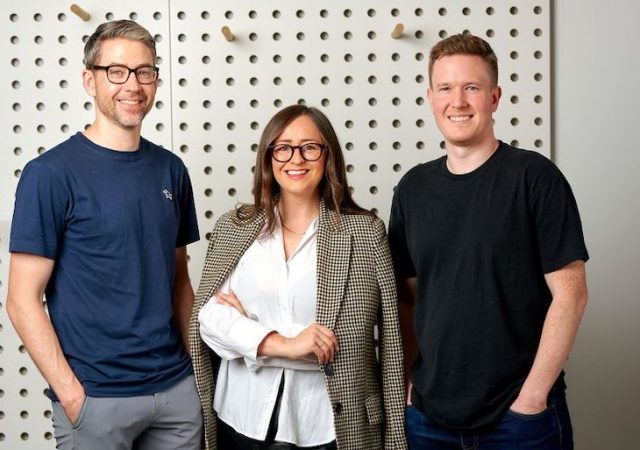Technology has relentlessly driven the future of the workplace, even work itself. For most of history, this evolution of work has been natural.
Natural evolution tends to happen at a slower pace as technologies emerge and mature, sometimes taking winding paths that may even reverse. All this allows companies and workers to adapt, sometimes over a generation. The pandemic has turned this upside down. Rather than incremental change, a massive disruption has obliterated previous norms and models, giving rise to a new work world. The workplace and its workers are forced to adapt, just to survive.
The touted new normal is inherently abnormal.

Vijay Sundaram, chief startegy officer, Zoho
Overnight, almost all work has gone remote. Even service and entertainment organisations that depended on contact and live interaction have had to move from the front of the stage to behind the computer screen.
Almost as quickly, technology for video conferencing, instant messaging, team collaboration, and online marketing has emerged and transformed at a pace never seen before. Behind-the scenes technology like people and project management, sales and customer relationship management is also rapidly adapting to the new models of work.
At Zoho, in April we came up with a suite of software apps called Remotely that enabled companies to make this rapid transition to remote work. It was well-received and saw unprecedented growth because it was the right technology for the moment. It enabled business continuity.
This, and technology from other companies, has allowed work to continue at least across a broad swath of non-retail industries. Now, almost half a year later, we face the prospect of workers returning, perhaps partially, to the office, store, or other physical places of work.
While the infection curve has indeed flattened across most of Australia, the pandemic is still volatile and will be punishing on any business operation that is run loosely and without adequate preparation and planning. This presents a stark dilemma to businesses: face economic ruin or risk devastating loss of life.
With the clock ticking on the futures of tens of thousands of businesses every day, their confronting decision is about not only when to return to their offices but, perhaps more importantly, how. Without a set of systems to ensure safe return and continuing operations, companies and countries will court disaster.
Early setbacks would simply renew nationwide restrictions, like the second lockdown recently reimposed in the state of Victoria to defend against the second wave of the dreaded pandemic.
Business are in a quandary. Operations heads, HR officers and facility heads are faced with critical decisions around how to safely return to the workplace, without compromising the safety of their staff or falling afoul of state or federal compliance requirements. Once again, technology can help.
While technology has historically enjoyed unfettered freedom in driving new models of work, it is now chartered with an unfamiliar role of enabling work to continue, under constraints that are both highly restrictive and binding. This is a responsibility technology companies must take up and arch the path of technology towards this pressing need.
That’s why Zoho created BackToWork – software designed with the sole purpose of helping businesses restart. It provides a framework to help businesses manage four core areas of concern: employee safety, rapid and effective communication, remote management of work assets, and guidelines to ensure compliance with local governmental regulations.
As an example, a wellness module helps businesses set up surveys and enable contact tracing, while allowing employees to take periodic self-assessments that can automatically be scored to allow or disallow their physical presence, based on locally-set policies and guidelines. A dashboard empowers operations management staff to assess the preparedness of their facilities, view employee health statuses, and make appropriate decisions.
Technology, like QR codes, have been adapted to enable contactless entry and check-in. Information may be gathered and analysed using real-time analytics that can now replace hopeful guesses with informed decisions.




















Trending
Daily startup news and insights, delivered to your inbox.